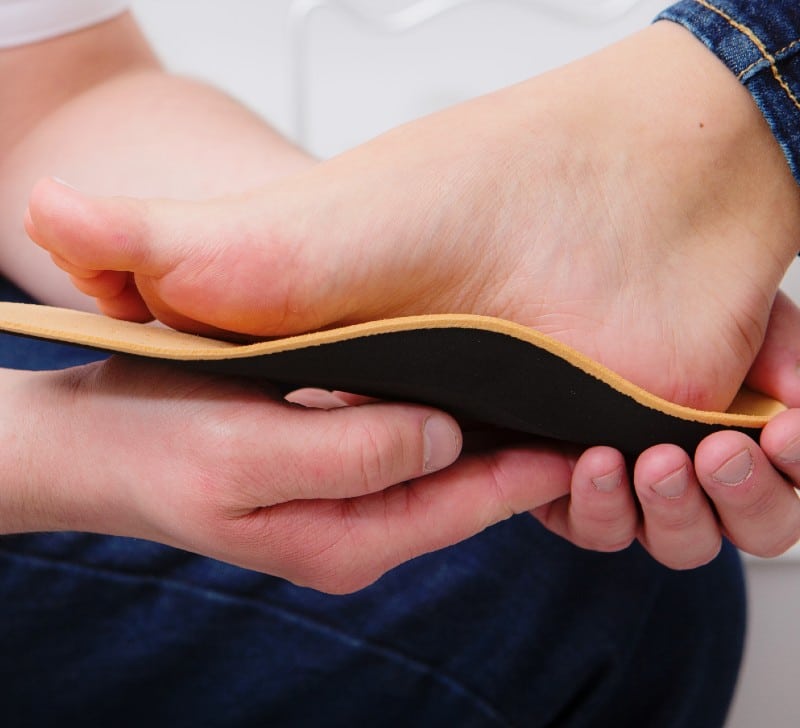What to Do about Flat Feet in Children
Three types of foot arches are widely recognized: medium, high, and low (also known as “flat feet”.) Babies’ feet are flat for the first couple of years until they begin walking, at which point they begin to develop arches. After this age, it is important to monitor flat feet in children so that potential treatment plans can be determined if necessary.
Flexible Versus Rigid
Flexible flat feet is the most common form of flat feet and often begins in childhood. This condition is marked by a non-existent arch when standing, but the arch appears when the foot is no longer bearing weight. It will often progress in severity into adulthood and may lead to stretching or tearing of the soft tissues of the arch.
Rigid flat feet is a less common, different condition. In this case, it doesn’t matter if the foot has weight placed upon it or not; it will not have an arch either way. This condition results from a problem with the bones in your feet and is considerably more likely to cause pain and disability.
Addressing Symptoms of Flat Feet
Most cases of flat feet in children do not lead to symptoms, but sometimes problems do arise. If your child comes to you and complains about pain, tenderness, or cramping in his or her foot, it may be the result of flat feet. Other symptoms include an outward tilting of the heel, an awkward motion when walking, or difficulty with shoes. When children are experiencing issues with flat feet, they may be prone to withdraw from physical activities they previously enjoyed or experience lower levels of energy.
Diagnosing Flat Foot Issues
Before bringing your child in for an evaluation, you can attempt to determine if he or she has a flexible flat foot by noticing the arch when your son or daughter is standing, and then when the foot is relaxed. If the signs of flat feet disappear in a relaxed state, it is likely he or she has flexible flat feet and will grow out of the condition.
If you do not feel comfortable with trying to make this determination by yourself, simply make an appointment with our office and have Dr. Haddad perform an evaluation. He can conduct a gait analysis and determine an appropriate treatment plan, if necessary.
Treatment for Flat Feet
There are a variety of conservative, non-surgical options which can help with flat feet in children. If the pain or discomfort was initiated by a specific activity, then treatment starts with either decreasing or stopping it. Additional treatment options include the use of orthotic devices, physical therapy, and choosing different shoes.
Orthotics are prescribed, medical devices that are custom-made for patients. These shoe inserts can be used to provide greater support for fallen arches than would be given by the shoes themselves. With regard to shoes, various athletic shoe companies make footwear that works better for people who have flat feet. A specialty shoe store, especially one that targets runners, will have a knowledgeable staff who could assist you in finding such types.
When your child experiences pain due to flat feet issues, bring him or her to Richardson Podiatry Associates and let Dr. David Haddad give an expert diagnosis and establish a treatment plan. Our office provides effective solutions and the utmost care for all foot and ankle problems that you or your family may experience. To schedule an appointment with our Richardson, TX, office, either call us at (972) 690-5374 or use the online form found on our website. Don’t suffer through pain and discomfort when we can take care of it for you!

